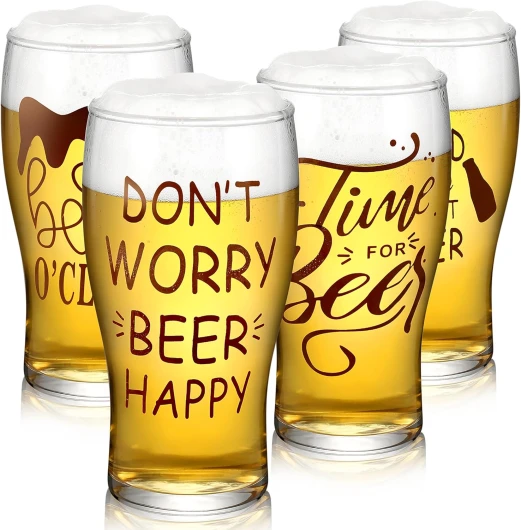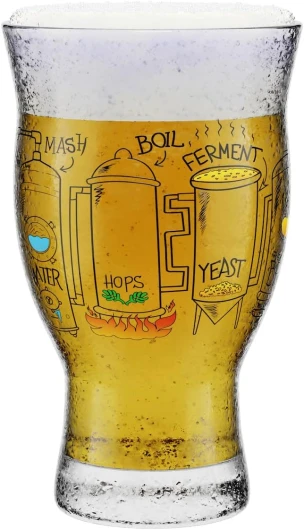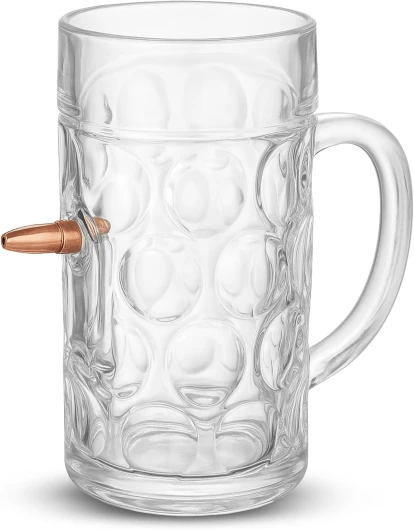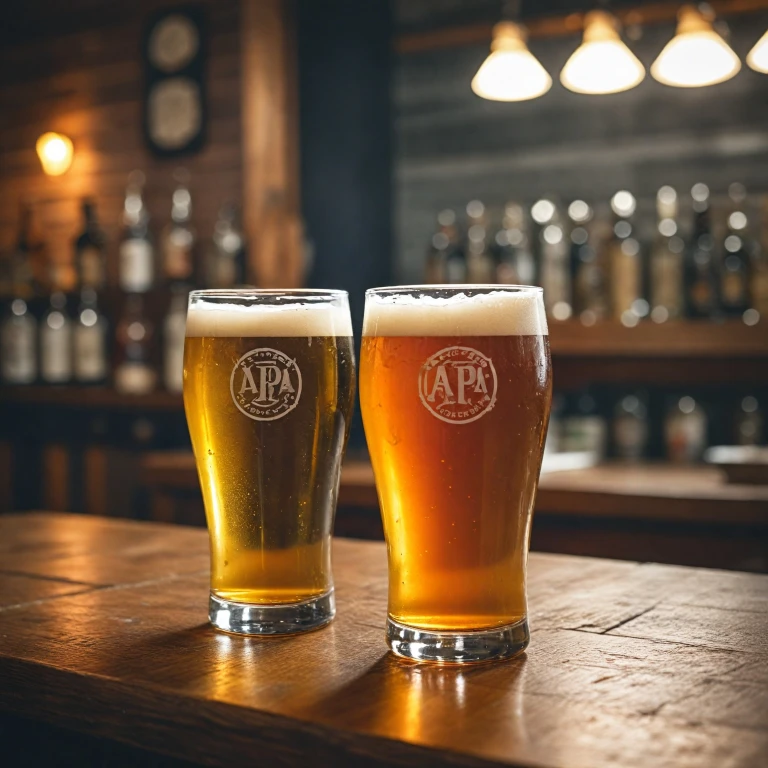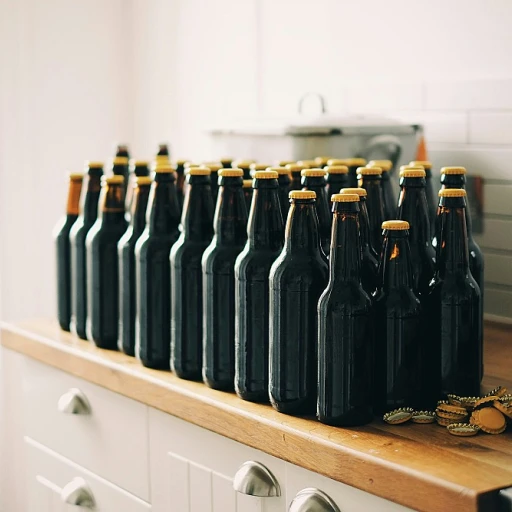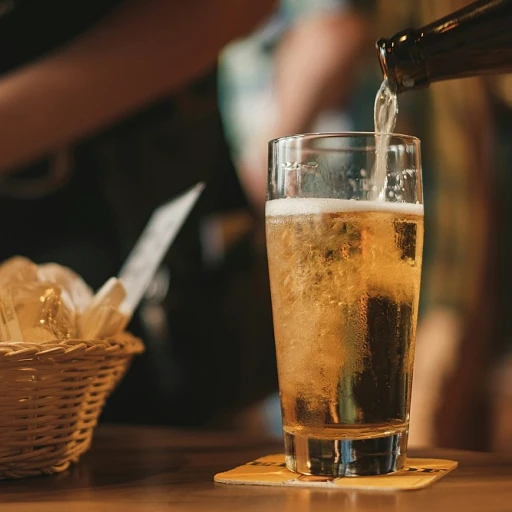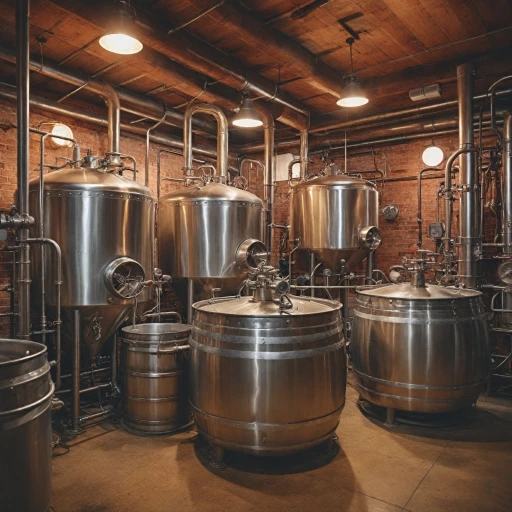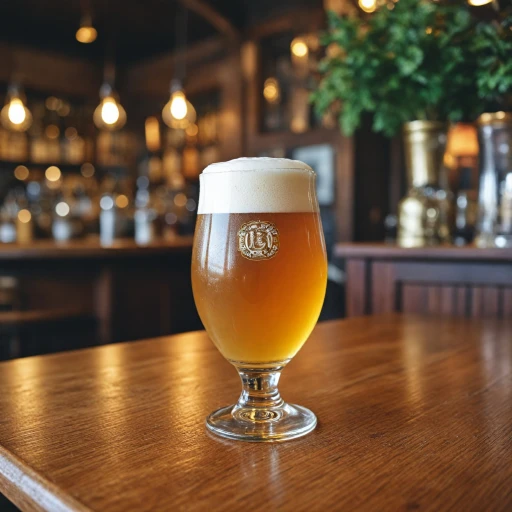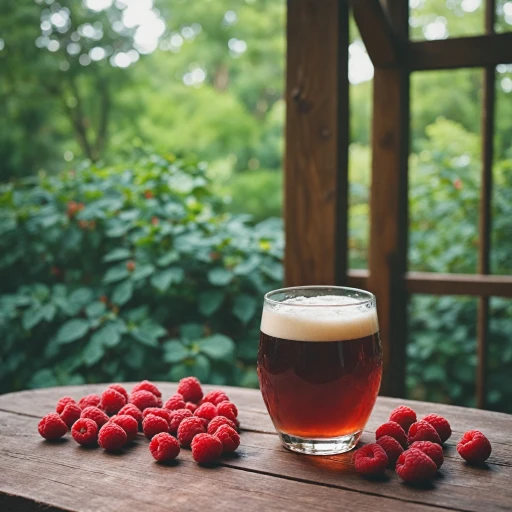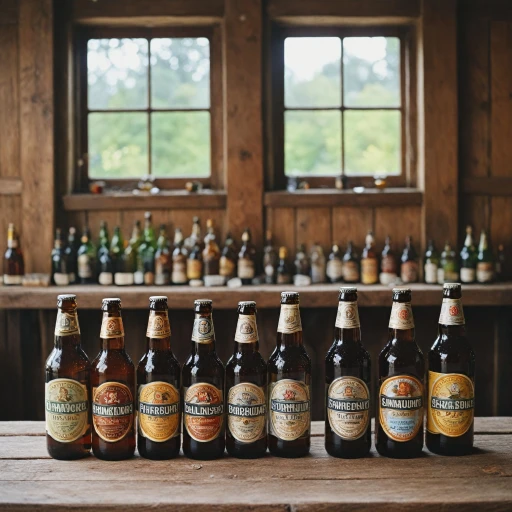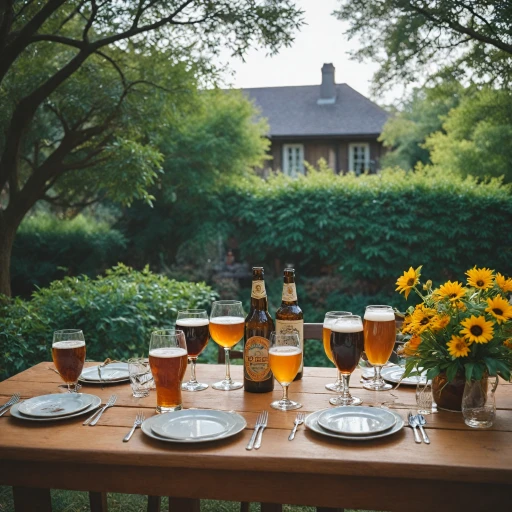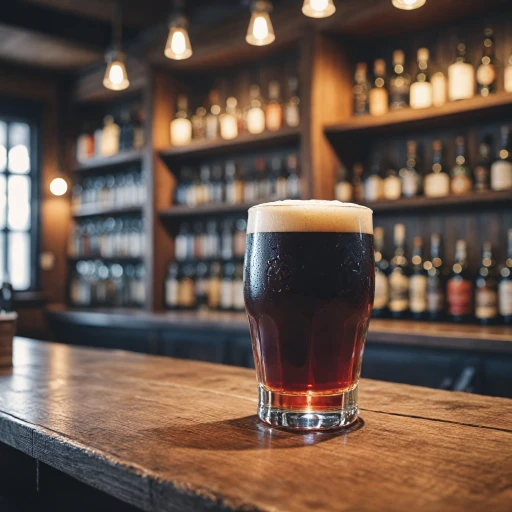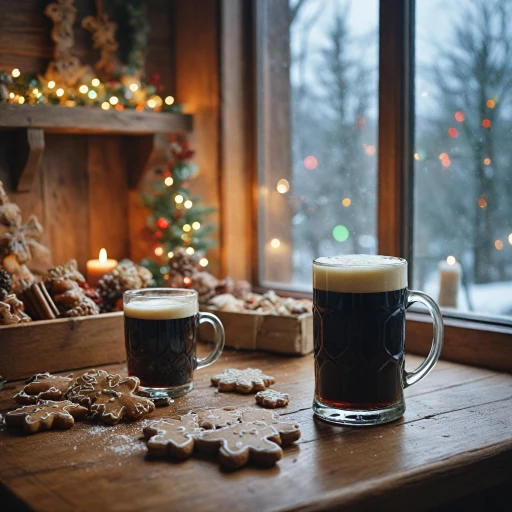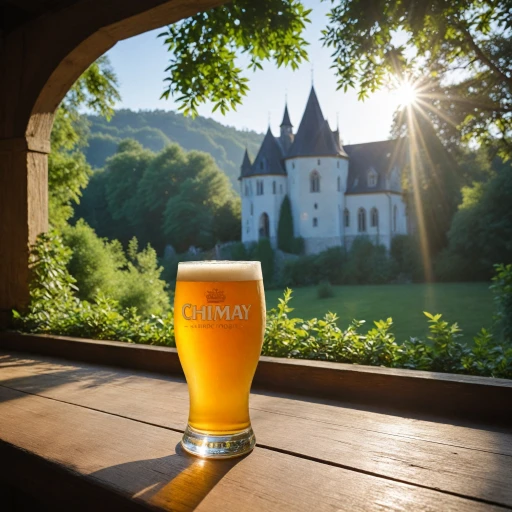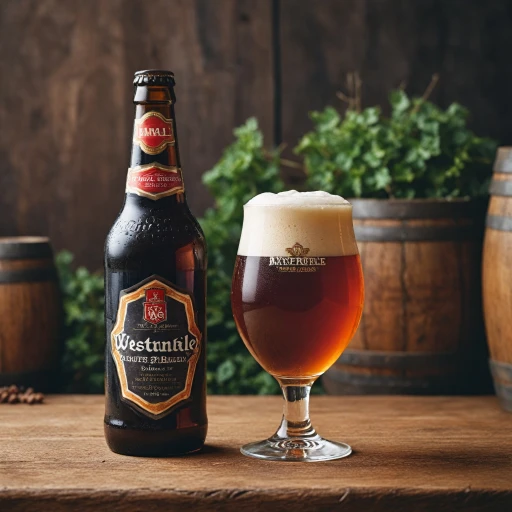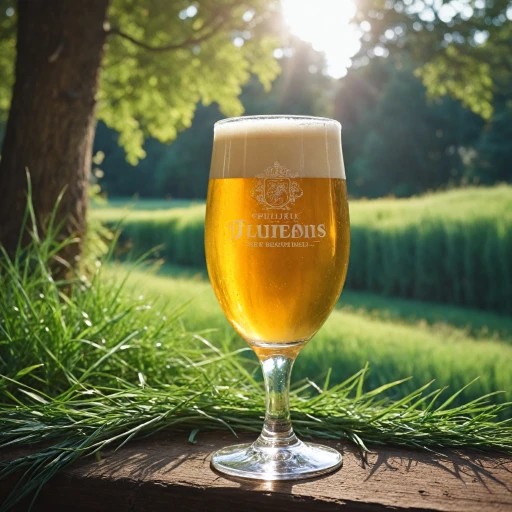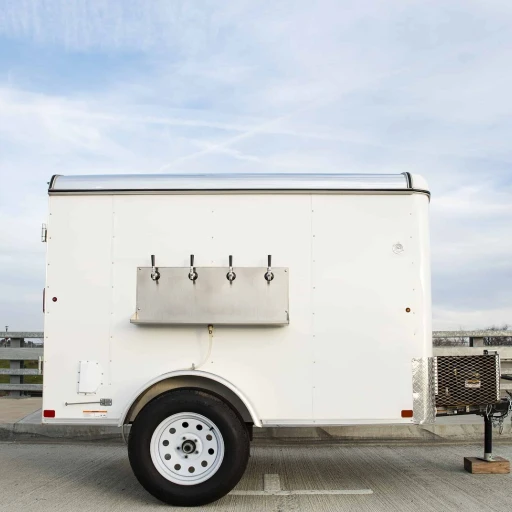
The Origins of IPA and APA
A Glimpse into the Beginnings of IPA and APA
The world of beer is rich with history, and both IPA and APA have fascinating stories that date back centuries. The India Pale Ale, commonly known as IPA, has its roots in the British brewing industry, where brewers increased the hop content and alcohol level to preserve the beer during long voyages to India. This addition not only served the purpose of preservation but gave IPA its characteristic bitterness and robust flavors that beer enthusiasts cherish today. For those keen to learn more about the depth of IPAs, a detailed exploration of the flavors of Hazy Jane IPA offers additional insights.
On the other hand, the American Pale Ale, or APA, has a shorter but no less interesting history. Developed in the United States during the craft beer revolution, APAs were inspired by traditional pale ales but adapted to include American hop varieties that provided unique flavors and aromas. This innovation in brewing techniques marked a significant departure from traditional pale ales and helped to establish the dominance of American hops in the beer world, adding to the diversity of the craft beer movement.
Flavor Profiles: What Sets Them Apart
Distinctive Taste Profiles
When it comes to IPAs (India Pale Ales) and APAs (American Pale Ales), their flavor profiles often serve as a distinguishing factor, even to the newest of craft beer enthusiasts. IPAs are known for their bold and sometimes intense flavors. The key to this lies in their hop-forward character, showcasing robust hop aromas and bitter notes. Hops like Ekuanot, often used in IPAs, add layers of complexity with hints of tropical fruit, citrus, and even a touch of herbaceous and pine notes. This makes IPAs a choice for those who love a more adventurous beer experience. If you're curious how specific hops can impact flavor, check out this deep dive into the flavorful world of Ekuanot hops. On the other hand, APAs offer a slightly more balanced experience. While they still emphasize hops, they don't reach the same level of bitterness as IPAs. APAs often present more malt character, resulting in a more moderate, crisp, and refreshing profile. This balance between malt and hops makes APAs perfect for those who appreciate hoppy flavors without the intense bitterness, providing a sessionable and accessible beer option. In summary, whether you're enjoying an IPA's striking hoppiness or the more restrained and balanced flavor of an APA, both styles serve up a unique tasting experience. Understanding these subtle differences can help you choose the perfect beer for your palate or occasion.Alcohol Content and Styles
ABV and Variations: Exploring the Strengths and Styles
When it comes to alcohol by volume (ABV), India Pale Ales (IPAs) and American Pale Ales (APAs) showcase noticeable differences that can influence your choice of beer depending on the occasion or your personal preference. For IPAs, you're typically looking at a higher ABV range, generally around 6-7%. This means that IPAs offer a stronger kick, often accompanied by bold and complex flavor profiles, ideal for those looking for a robust and more intense beer experience. Classic IPAs might come across as having a more pronounced bitterness due to their higher hop content, which contributes to the alluring mix of flavors celebrated by many craft beer enthusiasts. On the flip side, APAs tend to have a lower ABV, usually landing between 4.5-6%. This variability makes them lighter in alcohol strength but no less flavorful. APAs celebrate a balanced hop and malt presentation, making them versatile and easy-drinking. This moderate alcohol content doesn’t affect their hoppiness, and they often showcase a diverse range of hop varieties, benefitting from the rich legacy of American hop innovations. There are also different styles that both IPAs and APAs can embody, with variations like session IPAs and double IPAs for those seeking something specific. Session IPAs, for instance, offer a lower ABV with similar flavor notes to traditional IPAs but are more sessionable for longer drinking periods. Curious about diving deeper into unique beer experiences? Explore the Belgian Blonde Ale for another angle on rich and flavorful brews, without the IPA's signature bitterness. Whether you're after a lighter or heavier beer, the choice between IPA and APA largely depends on your mood and taste preferences, complemented by their alcohol content and style diversity.The Craft Beer Movement
How Craft Beer Revolutionized IPA and APA
The craft beer movement has been a catalyst in the rise and diversification of both IPA and APA beers. During this evolution, brewers have experimented extensively, leading to a myriad of variations of these beloved ale styles. Whether you're drawn to something traditional or prefer a more unique twist, the influence of craft brewing cannot be ignored. The birth of craft breweries sparked a creativity surge, bringing flavors and beer styles that were previously unexplored. Small breweries started to innovate, revamping the classic IPA with new hop varieties and techniques aimed at accentuating aroma and bitterness. On the other hand, APAs, already known for their mild bitterness and citrus-forward profile, began to embrace bolder hop choices, bridging the gap between the tame and the intense. Interestingly, craft brewers also brought about the creation of sub-styles of these ales. For IPAs, this includes variations such as Double IPAs (DIPAs) and the fruitier, often hazy New England IPAs, that are now a significant part of the beer landscape. APAs have similarly seen creative spins, albeit with a generally milder approach. In this vibrant craft beer scene, enthusiasts and casual drinkers alike have more options than ever when it comes to choosing an IPA or an APA that suits their tastes. This revolution has not only increased the availability of both traditional and contemporary versions but also changed how we think about beer globally. Whether you're sampling a local brewery's take on these styles or sticking with classic interpretations, the craft beer movement has ensured that IPA and APA beers provide something unique for every palate. Dive into the diverse world of ales and find your perfect match!Choosing Your Perfect Ale
Finding Your Ideal Ale: Tips to Enjoy IPA and APA
Selecting your perfect ale can be a delightful journey through the world of flavors and brewing styles. Whether you are just venturing into craft beer or are a seasoned enthusiast, understanding your personal preferences will elevate your beer experience. Here's how to choose the right ale for you:- Understand Your Palate: Decide if you prefer a beer with a stronger hoppy aroma and bitterness, characteristic of IPAs, or if you lean towards a maltier, more balanced brew like an APA. Tasting various options can help you identify what your taste buds prefer.
- Experiment with Breweries: Different breweries bring unique twists to their IPAs and APAs. Sampling offerings from various brewers can introduce you to distinct styles and regional flavor profiles. Don't hesitate to explore local craft breweries for exclusive and seasonal options.
- Consider the Occasion: When choosing between an IPA and an APA, consider the setting and what you’re pairing the beer with. An IPA might be perfect for a bold dish or a lively gathering, while an APA could be more suitable for a casual meet-up or light meal.
- Know the Alcohol Content: Refer back to their alcohol content and choose based on your mood and plans. IPAs often have a higher ABV compared to APAs, which might affect how many you’d comfortably enjoy during a single sitting.

